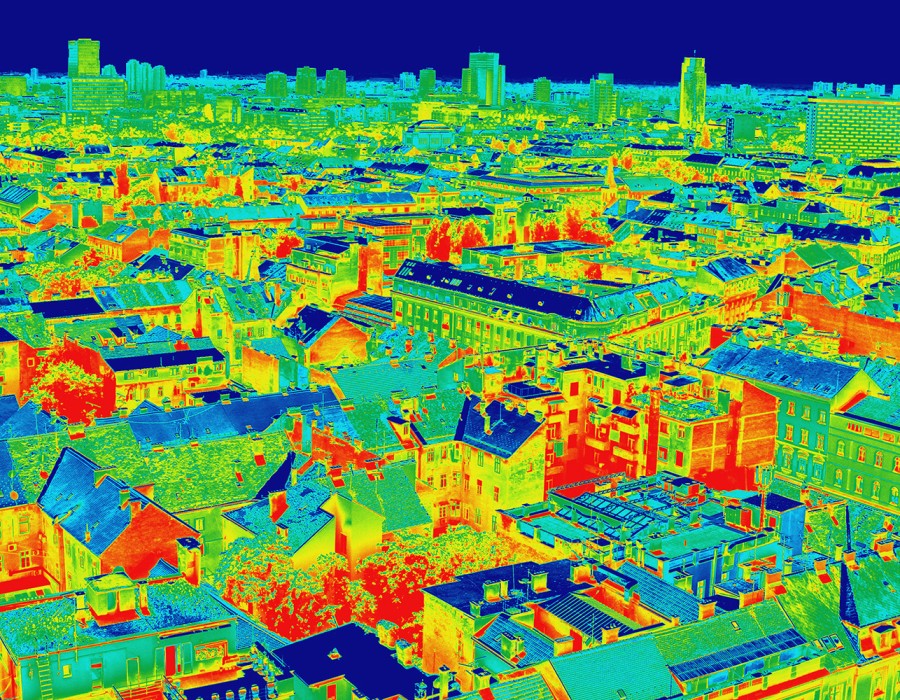Australia's National Construction Code (NCC) includes a comprehensive framework called the Section J Report, which is at the forefront of the quest for environmentally conscious design. This report carefully evaluates and controls building energy efficiency, examining everything from lighting to thermal performance. The JV3 method is an excellent example of flexibility in the field of Section J compliance; it allows architects and designers to be creative in their building design while providing them with the ability to manoeuvre through the challenging landscape of energy efficiency standards. In this article, we examine the Section J Report and examine the details of JV3 compliance, revealing the nuances that highlight the process of developing sustainable and energy-efficient buildings. We will investigate how the construction industry is not only meeting regulatory benchmarks but also pushing the boundaries of sustainable innovation as we navigate through the various facets of energy efficiency outlined in Section J.
What is Section J?
Section J refers to Section J of the Australian National Construction Code (NCC). It is a collection of rules and specifications designed to guarantee commercial buildings are energy-efficient. The NCC's Section J Report, which is required, offers a thorough examination of a building's lighting effectiveness, thermal performance, and other significant energy-related factors.

The components of a Report for Section J:
Thermal Performance:
This part evaluates a building's ability to control its internal temperature while accounting for elements like glazing, insulation, and the building's orientation.
Lighting Efficiency:
To verify adherence to energy efficiency regulations, the lighting design and fixtures are assessed in the report.
HVAC System:
HVAC systems are inspected to make sure they meet energy performance standards without consuming needless energy.
JV3 COMPLIANCE
How does JV3 work?
One of the three deemed-to-satisfy approaches for Section J compliance is the JV3 approach. JV3 provides a performance-based alternative to the elemental method (JV2) and the prescriptive method (JV1). Proving that the building as a whole achieves an equivalent or better performance than the reference building, gives designers more leeway in meeting energy efficiency requirements.
Benefits of JV3
Flexibility in Design:
By providing architects and designers with flexibility, the JV3 approach allows them to experiment with creative design solutions while still adhering to energy efficiency standards.
Tailored Solutions:
Taking into account the special qualities of every building, JV3 enables a more customised approach. As a result, evaluations of energy performance may become more accurate.

Whole-Building Analysis:
JV3 assesses the building's overall energy efficiency rather than just the components that are required to be followed. This all-encompassing strategy guarantees that the building operates well as a whole.
As we proceed, it becomes clear that Section J and its compliance procedures are more than just rules; they embody a shared commitment to responsible construction practices. The building industry can leave a sustainable legacy by implementing and improving these standards going forward. In this way, buildings become more than just structures; they become responsible contributors to a planet that requires careful stewardship. In the complex integration of environmental consciousness, innovation, and compliance, the Section J Report and JV3 compliance serve as triggers for a future in which architecture and sustainability imperatives coexist harmoniously.





Comments